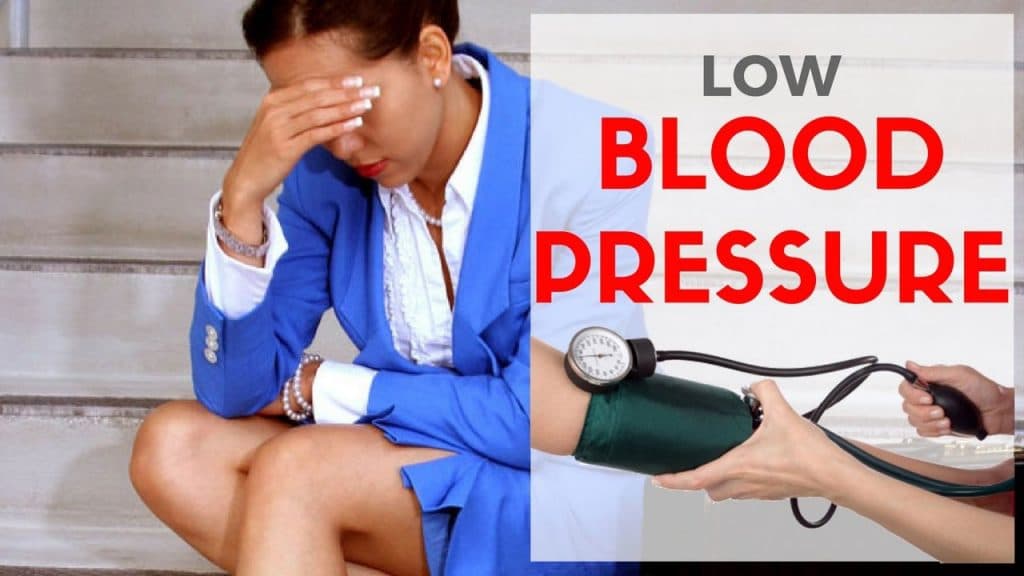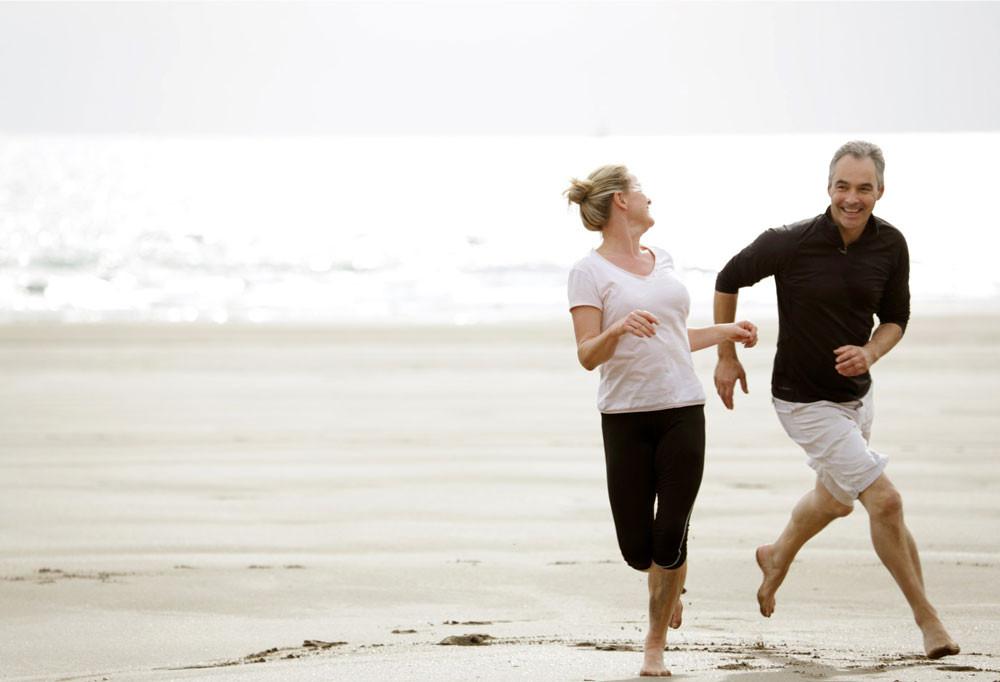We’ve all done it. Stood up a bit too quickly and felt that flush of dizziness or faintness that made us unsteady on our feet. You might wonder why that happens. Well, you may be surprised to know it’s often because of what’s called postural hypotension, which is a form of low blood pressure.
High blood pressure, or hypertension, is something your doctor might warn you about a lot, both because it’s so common and because when left untreated, it can contribute to more serious medical emergencies like heart attacks and strokes. Low blood pressure, which is also known by its proper name of hypotension, doesn’t always get the same sort of coverage.
Postural hypotension in particular is something that many people will experience at least briefly at some point in their lives, especially as they get older. It just takes a while for your nervous system and your blood to catch up when you change position too quickly.
You can reduce the risk of postural hypotension by being slower and more careful in your movements, which is important to remember when exercising. That’s especially true in things like yoga, which regularly involve going from sitting to standing positions but where it should also be easy to control your pace.
Outside of postural hypotension, you can also develop low blood pressure if you don’t have enough blood traveling round your circulatory system. This low blood volume is known as hypovolemia. Widened blood vessels and anemia can also contribute, as can various types of hormone or heart issues as well as less-obvious conditions like diabetes. It can even be a side effect with some types of medication. You’re more likely to develop it if your parents had it, if you’re older, or if you’re pregnant.
So, what should you do if you don’t want to faint and would like your blood pressure to stay at a reasonable 120/80 level? Well, basic lifestyle changes that can help include drinking more water and much less caffeine and alcohol. You can also do things like propping up your bed or making sure you don’t sit or stand in one place for too long. Don’t get up too quickly, especially after eating.
If none of the lifestyle changes work and your blood pressure is at a dangerous level, your doctor may need to intervene. If hypotension is a result of medication you are taking, you may need to adjust that first. There’s not much in the way of medication to treat hypotension directly. In some cases, there are special support stockings you can wear that may encourage general improvements to your circulation.
This doesn’t mean hypotension is always a bad thing. If you’re pretty fit and active, your blood pressure will probably naturally get lower. In that context, it’s a good thing, it shows your exercise is working. Sometimes, your blood pressure just changes because of the time of day. There are a lot of things that can affect it, but it’s still good to be aware of what they are and how to alleviate any negative symptoms. After all, you want to be able to stand up safely.




